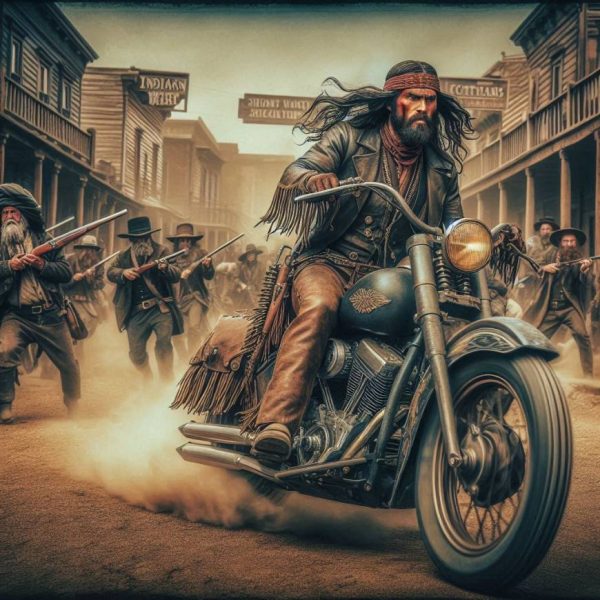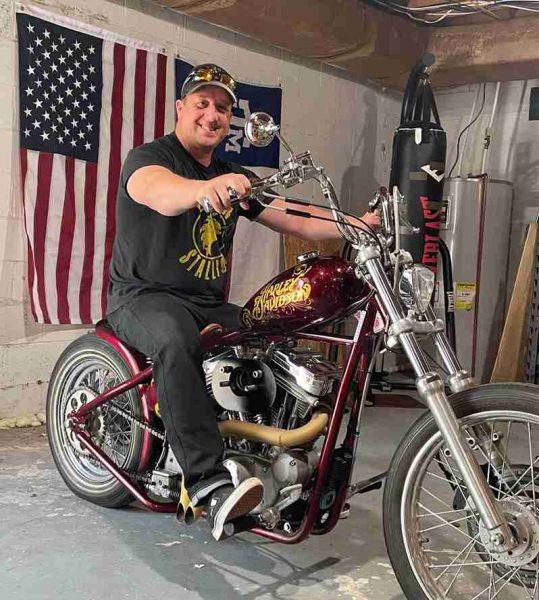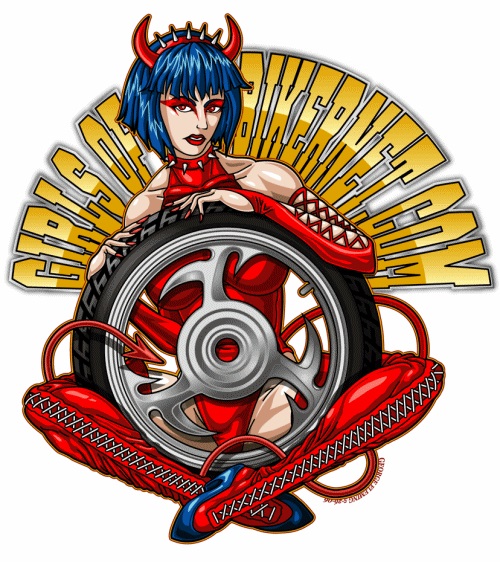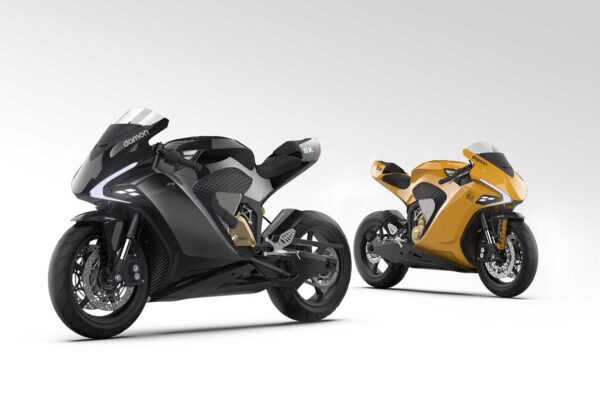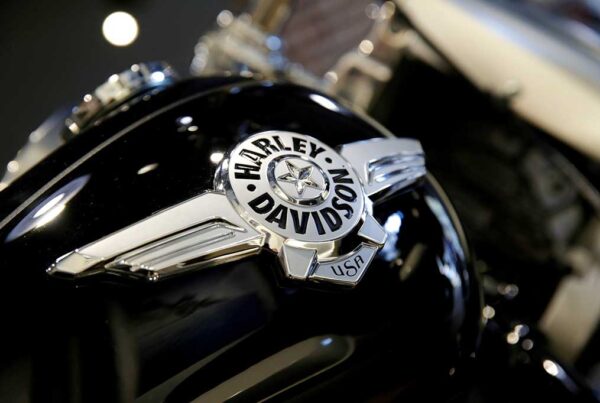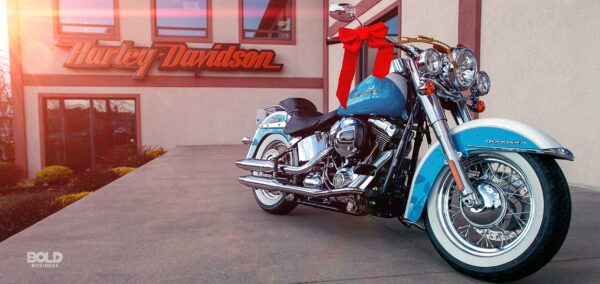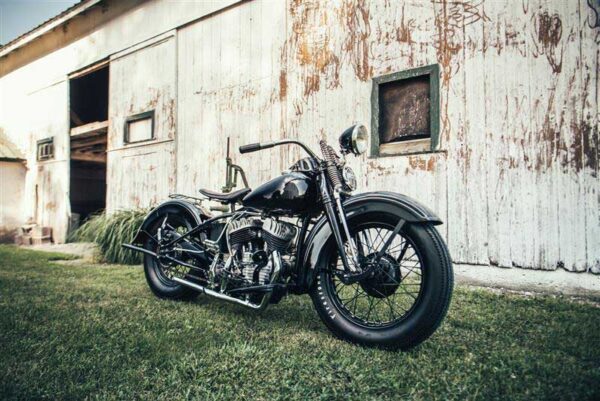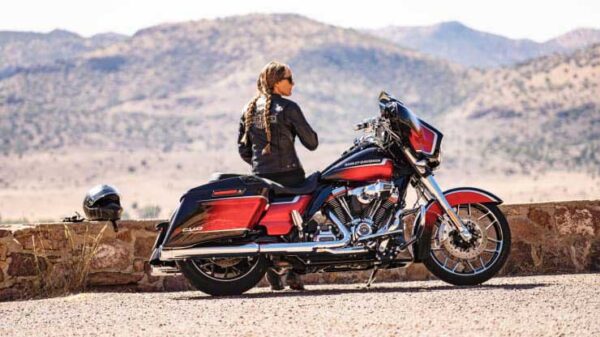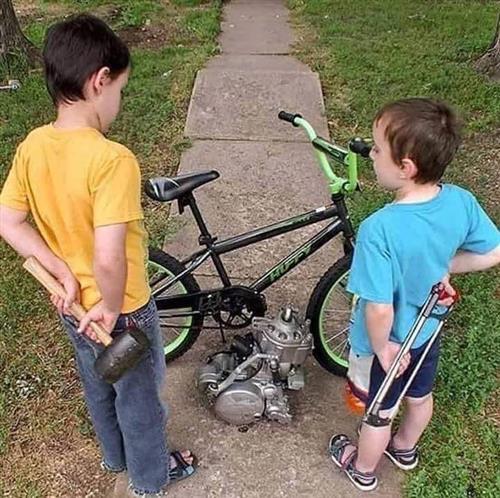Life and Times of Bill May, 1971
The Girl, the Stroked Knucklehead and the Band as narrated by Bill May Shifting back in time, in 1970 I sold the bike I rode from Nevada to Oklahoma on in ‘69. I cruised back to Reno for a few months and fell in love with a girl there. I was riding with a small club in Oklahoma. There wasn’t much going on and I guess I was just bored. I took off to Reno in a ‘62 Chevy. When I arrived there, she touched me but had a young child and a husband in LA. She ultimately decided she should go back and make up with him. Click here for the ride down memory lane, splitting hairs about what was only on Bikernet.com * * * Do you yearn to know the real deal about the golden era gone by in chopper culture and outlaw lifestyle? We got you covered and with plenty more to dig through in the Bandit’s Cantina. It is an exclusive area, guarded by hounds of Harley-Davidson bikers and their minions. Visit https://www.bikernet.com/pages/custom/subscription.aspx Try the best membership deal online since 1996
Life and Times of Bill May, 1971 Read More »

